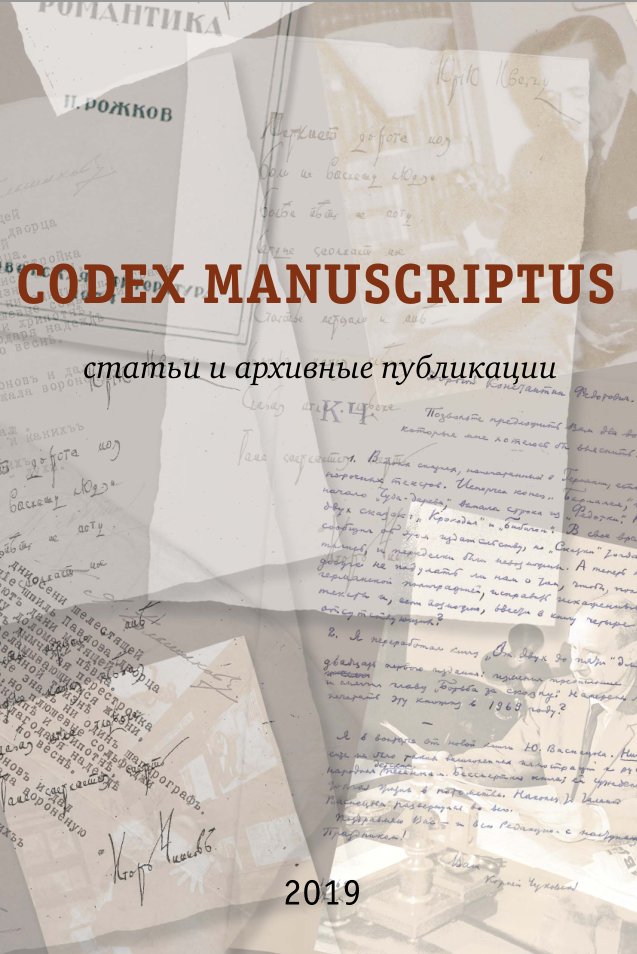Acknowledgements: The research was carried out with the support of joint research project FICUSOV 1917–1941 (Financing of Soviet Culture) — CNRS– UMR Eur’ORBEM.
Abstract:
This first study of the administrative and financial transformations in the Moscow Art Theater after October 1917 goes beyond the history of a single theater troupe and clearly shows both the changes inevitable in the transition to a new regime and the ways and tricks that had to be resorted to in order to adapt, survive and maintain the proper level of creativity. The Moscow Art Theater (MAT) is one of the few private companies that, immediately after the October Revolution, were included, thanks to their authority in the field of acting and directing, among the State Academic theatres; it was able to maintain some financial autonomy until the end of the 1920s, and in administrative terms to exist without a communist director until 1929. State funding, which the theater managed to limit until the end of the NEP, eventually destroyed it from the inside. Very vulnerable in the 1920s due to their realistic aesthetics and apoliticality, the aged founders gradually gain in the 1930s privileged status, but their presence in the theater becomes honorary. It was impossible to defend one’s position without patrons. First they were defended by Lunacharsky, then by Gorky. When the Meyerhold Theater was closed in 1938, and the Old Art Theater left along with Stanislavsky, the State established full control over the theater and generously financed it, turning it into a model for the entire USSR.






